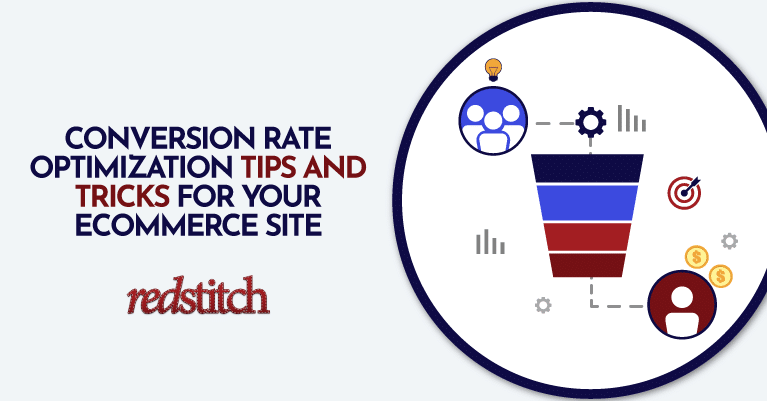In today’s highly competitive ecommerce landscape, increasing your website’s buyer conversion rate is essential to staying ahead of the competition and maximizing revenue. This informative and engaging blog post outlines 10 actionable tips and tricks designed to help ecommerce business owners, online retailers, and digital marketers optimize their site’s conversion rates, enhance their online presence, and ultimately boost their bottom line. From understanding the importance of conversion rate optimization (CRO) to considering the benefits of working with a conversion optimization agency, this comprehensive guide will provide you with the tools and strategies needed to excel in the ever-evolving world of ecommerce. So, let’s dive in and explore these proven methods for increasing your website’s conversion rate and achieving greater success in your online business.

Understanding the Importance of Conversion Rate Optimization (CRO)
Conversion rate optimization (CRO) is a vital aspect of any e-commerce business. It involves the process of increasing the percentage of website visitors who complete a desired action, such as making a purchase or subscribing to a newsletter. The significance of conversion rate optimization in e-commerce cannot be overstated, as it directly impacts revenue generation and overall business success.
E-commerce sites must strive to maximize the number of visitors who complete a desired action, as this directly impacts their bottom line. By focusing on CRO, e-commerce businesses can identify and address barriers that may be hindering potential customers from converting, ultimately leading to a more efficient and profitable online presence.
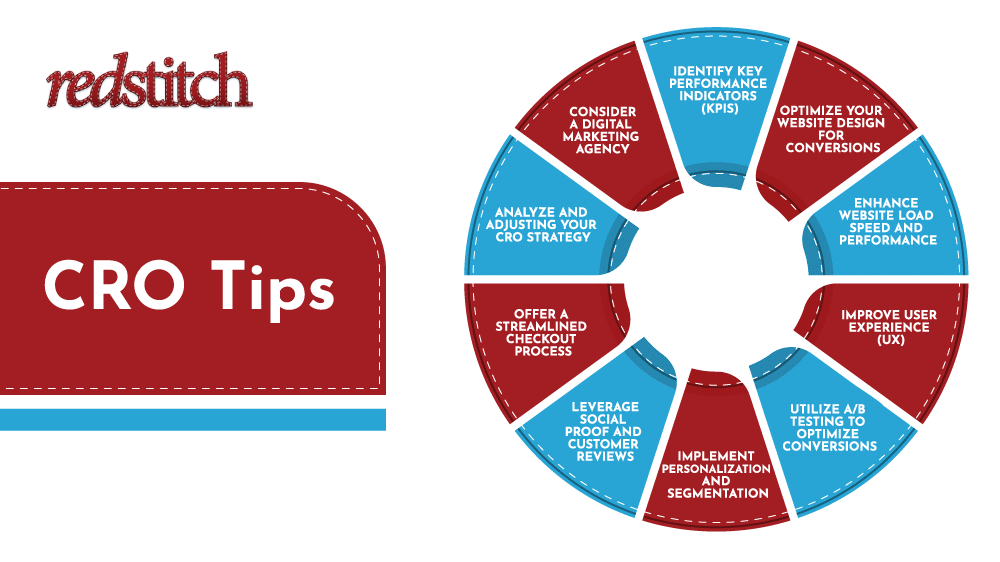
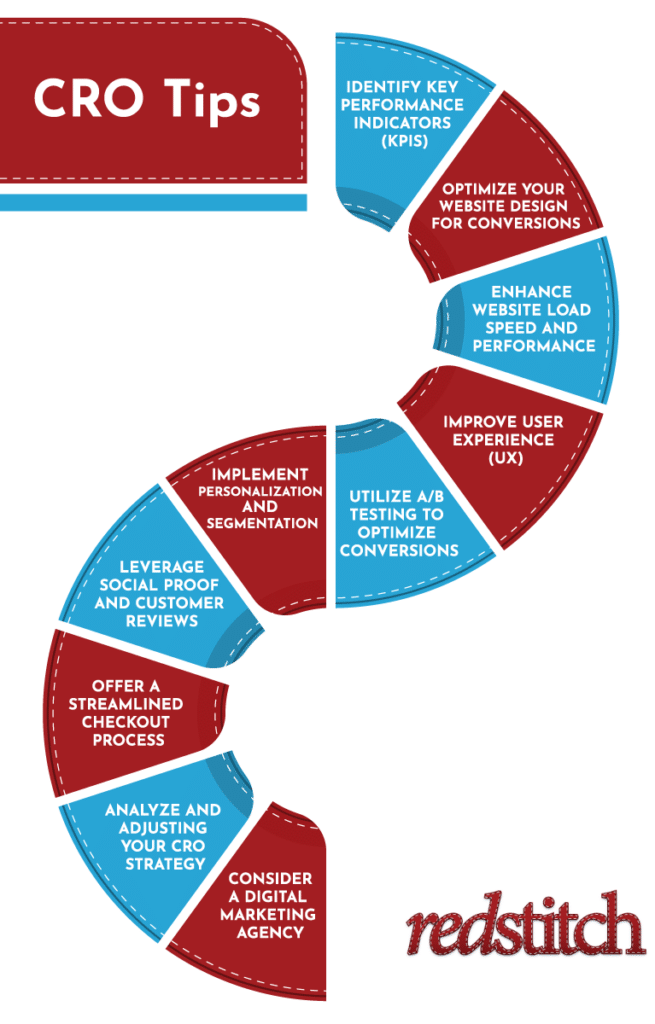
Identifying Key Performance Indicators (KPIs)
Developing KPIs for your e-commerce site is a crucial step in understanding how well your online store is performing. These indicators give you an insight into how effectively your website is functioning. By establishing relevant and specific KPIs, you can determine which areas of your e-commerce business require improvement and make data-driven decisions.
At Redstitch, our most important KPIs that we measure is conversions and conversion rate. We define conversions as any type of lead that your sales team can turn in to an actual sale. For example, phone calls, form submissions, chats, and for our e-commerce clients – online purchases. We also measure and report on search traffic, organic impressions and clicks, keyword count and website performance.
Monitoring and analyzing KPIs is an ongoing process that should be conducted regularly. This allows you to identify trends, patterns, and potential issues that may be impacting your conversion rate. Some common KPIs for e-commerce businesses include conversion rate, average order value, cart abandonment rate, and customer lifetime value. By staying on top of your KPIs, you can make informed decisions to optimize your website and ultimately increase your conversion rate.
Optimizing Your Website Design for Conversions
A clean and responsive website design plays a crucial role in enhancing your e-commerce site’s buyer conversion rate. It is essential to ensure that your website is easy to navigate, visually appealing, and well-structured to keep visitors engaged and guide them towards making a purchase.
One effective way to optimize your website design for conversions is by utilizing eye-catching visuals and clear call-to-actions (CTAs). High-quality images, videos, and graphics can keep your visitors interested and help showcase your products more effectively. Meanwhile, strategically placed and compelling CTAs can prompt users to take the desired action, such as adding items to their cart, signing up for newsletters, or completing a purchase.
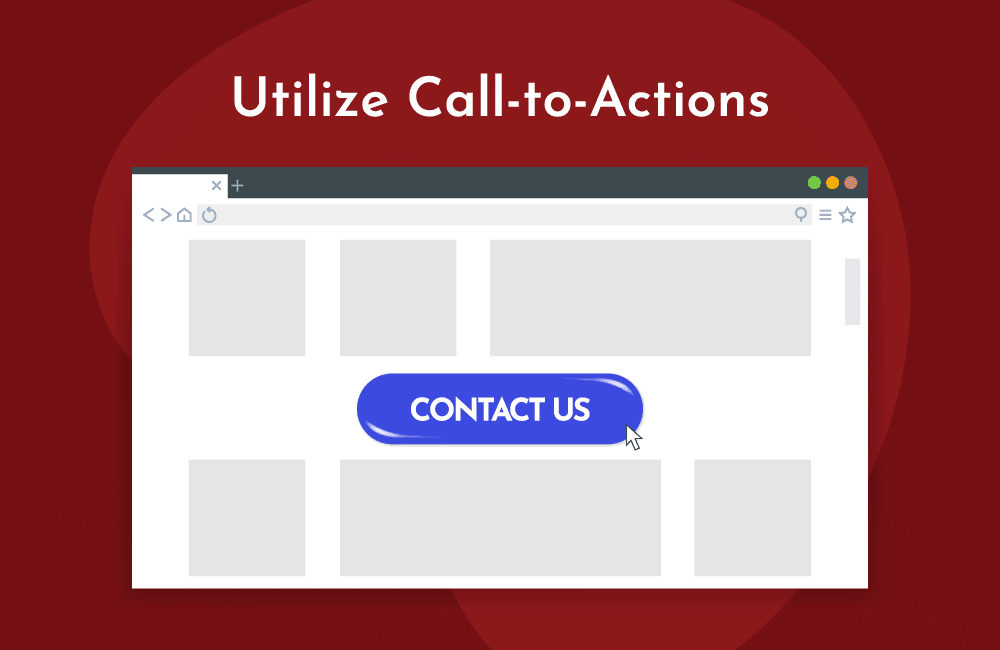
Enhancing Website Load Speed and Performance
Website load speed and performance play a critical role in the overall success of your e-commerce site. Slow-loading pages can lead to high bounce rates, decreased user satisfaction, and ultimately, lower conversion rates. To counteract these negative effects, it’s essential to prioritize website performance optimization.
Start by analyzing your site’s current load speed using tools like Google PageSpeed Insights or GTmetrix. These tools provide valuable insights into potential performance issues and offer recommendations for improvement. Common areas for optimization include image compression, minifying CSS and JavaScript files, and leveraging browser caching.
Another aspect to consider is your website’s hosting environment. Ensure that you’re using a reliable hosting provider that offers sufficient resources to handle your site’s traffic and delivers fast load times. You may also want to explore content delivery networks (CDNs) to improve your site’s performance further, particularly for users in different geographic locations.
Redstitch uses a premier hosting platform for all clients that features:
- DDoS protection
- Free CDN
- SSL certificates
- Edge caching
- In house monitoring
- Daily backups
- Free staging environments
- And more
Improving User Experience (UX)
User experience (UX) is an immensely important factor when it comes to driving conversions on your website. A positive user experience ensures that visitors can easily navigate through your website, find what they are looking for, and complete their purchases effortlessly. To improve UX, it’s essential to address any pain points and streamline the customer journey.
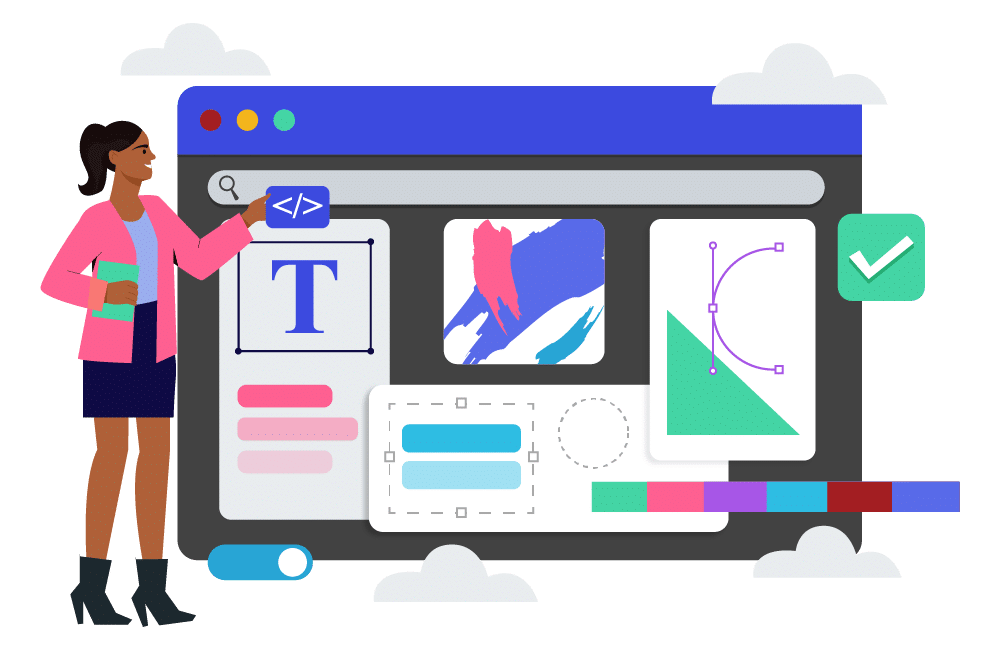
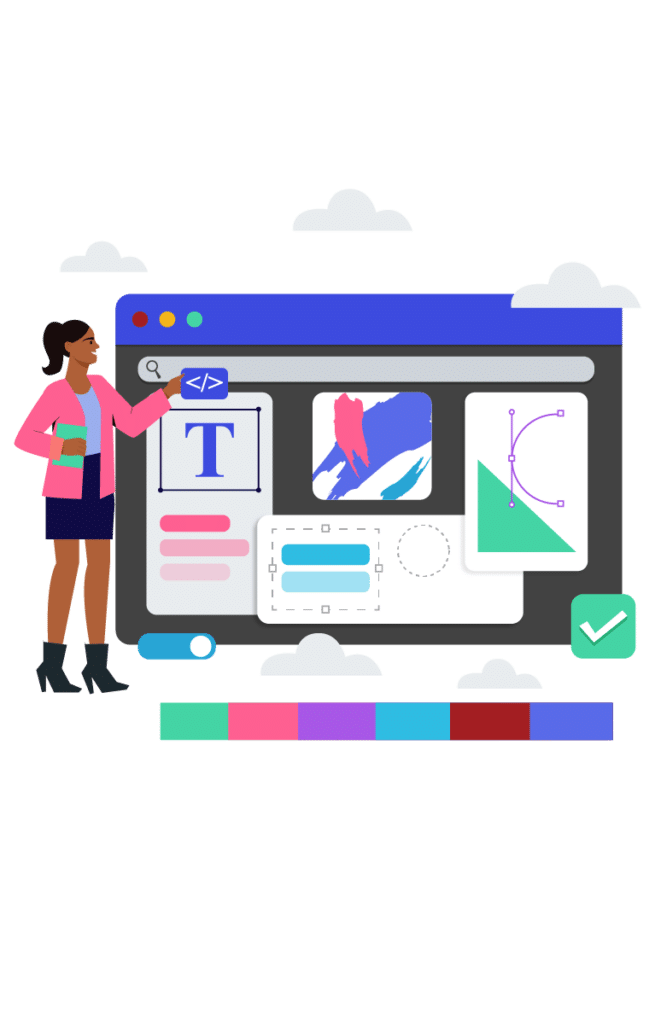
Analyze Website Layout & Navigation
Start by analyzing your website’s layout and navigation, making sure that the structure is logical and intuitive. Ensure that product categories and search functionality are easy to find and use. Additionally, provide clear and concise product descriptions, as well as high-quality images and videos to help customers make informed purchase decisions.
Provide Outstanding Customer Support
Another crucial aspect of UX is providing exceptional customer support. Offer multiple communication channels, such as live chat, email, and phone support, to assist customers with their questions and concerns. Providing a comprehensive FAQ section can also help address common queries and reduce the need for direct support.
Ensure A Responsive Site
Finally, ensure that your website is responsive and mobile-friendly, as an increasing number of customers shop on their smartphones and tablets. A seamless browsing experience across all devices is key to maintaining customer satisfaction and increasing the likelihood of conversions.
Utilizing A/B Testing to Optimize Conversions
A/B testing, also known as split testing, is an essential method for optimizing conversions on your e-commerce site. This technique involves comparing two different versions of a webpage or element to determine which one performs better in terms of driving conversions. By conducting A/B tests, you can make data-driven decisions rather than relying on assumptions or personal preferences when making changes to your website.
The benefits of A/B testing are numerous, including:
- Increased conversion rates
- Improved user experience
- Deeper understanding of customer preferences.
To get started with A/B testing, identify the key elements on your website that have the most significant impact on conversions, such as headlines, calls-to-action, images, and page layouts. Create a hypothesis for each test, outlining the expected outcome and the reasoning behind the proposed change.
When conducting A/B tests, ensure that you have a large enough sample size to draw meaningful conclusions and that you’re only testing one variable at a time to isolate its impact. Analyze the results of each test and implement the winning variation on your site. Remember to continuously test and iterate on your website elements, as customer preferences and industry trends can change over time, affecting your conversion rates.
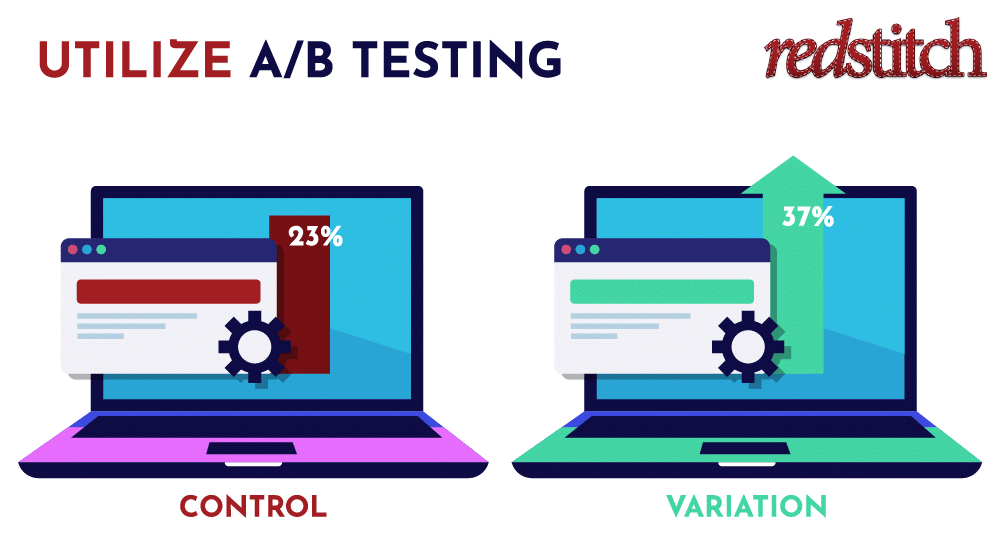
Implementing Personalization and Segmentation
Personalization and segmentation are powerful tools for boosting website conversion rates. These techniques involve grouping your customers into distinct categories or segments according to specific characteristics, such as purchase history and browsing behavior. By tailoring the content and offers displayed to individual users, you can create a more engaging and relevant shopping experience that caters to their specific needs and preferences.
There are various methods for segmenting your website visitors, such as:
- Demographic information- This method is based on different factors like age, gender, income, education, and location. This information can help businesses to create targeted messaging and promotional materials that are more relevant to a particular group of people.
- Browsing behavior- By tracking the pages and sections of the website a visitor spends time on, businesses can understand their preferences and interests better. This information can be used to deliver targeted content and marketing messages that will resonate with the visitor.
- Purchase history- The third segmentation method involves looking at the purchase history of a visitor. By analyzing their past purchases, businesses can identify their preferences and create targeted messaging and promotions that cater to their needs.
By analyzing this data, you can create targeted marketing campaigns and personalized product recommendations that resonate with each visitor segment. For instance, you could offer exclusive discounts to repeat customers or showcase items that complement their previous purchases.
Personalization and segmentation can go a long way in building customer loyalty, enhancing the user experience, and boosting conversions. When users feel that their unique preferences are being acknowledged and catered to, they are more likely to become repeat customers and recommend your e-commerce site to others. So, make sure to harness the power of personalization and segmentation to optimize your website’s conversion rates and enhance your online presence.
Leveraging Social Proof and Customer Reviews
Social proof plays a crucial role in influencing purchase decisions, as it helps build trust and credibility for your e-commerce business. Online shoppers often rely on the opinions and experiences of others to make informed choices, making customer reviews a powerful tool for boosting conversion rates. In fact 84% of customers trust online reviews. By prominently displaying testimonials, ratings, and reviews on your website, you can reassure potential customers about the quality and value of your products or services.
Encouraging customers to leave reviews can be achieved through various methods, such as sending post-purchase emails, offering incentives like discounts or freebies, and making it easy for buyers to submit feedback on your site. Showcasing these reviews on product pages, homepage, and even in marketing materials can further amplify their impact on conversion rates. Additionally, consider partnering with influencers or industry experts to provide endorsements, which can also serve as persuasive social proof, ultimately enhancing your website’s buyer conversion rate.
Google reviews are an incredibly powerful tool for boosting your website’s buyer conversion rate. By displaying Google reviews on your product pages, you can leverage the trust and credibility associated with the Google brand to reassure potential customers and influence purchase decisions. Plus, when customers post reviews on Google, their feedback is made available to an even wider audience, which can further strengthen your online presence and reputation. Ultimately, displaying Google reviews on your website can help you increase buyer confidence and encourage more people to complete conversions on your site.
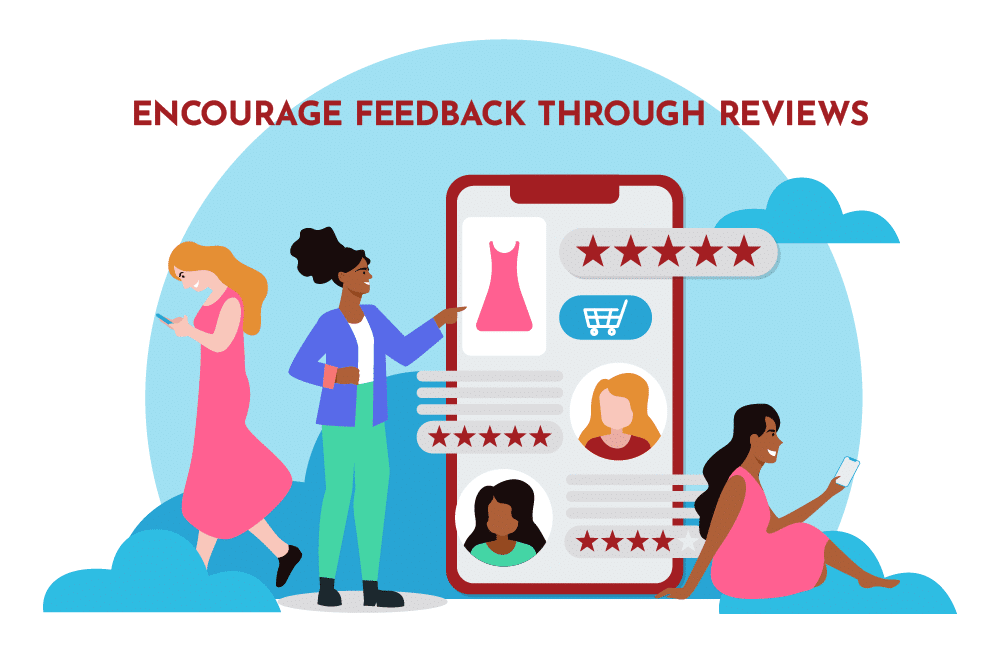
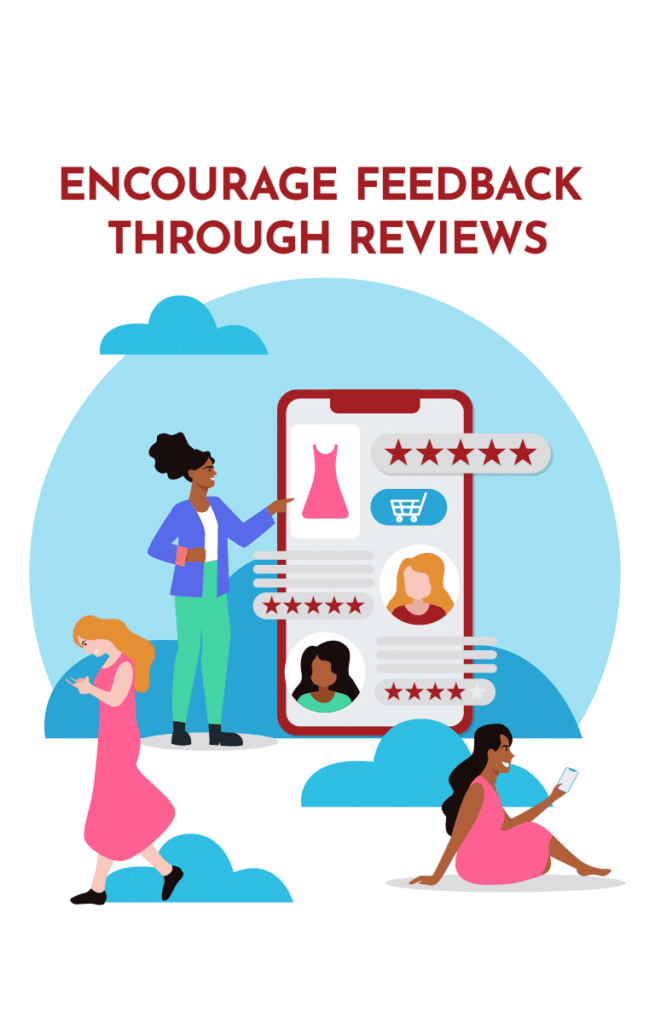
Offering a Streamlined Checkout Process
Reducing cart abandonment rates is crucial for improving your ecommerce site’s conversion rates. Stats show that nearly 70% of ecommerce shoppers abandon their carts without completing the purchase. There can be various reasons for cart abandonment; however, a lengthy or complicated checkout process is often cited as one of the primary factors. To address this issue, it’s essential to simplify and streamline the checkout process.
One way to achieve this is by minimizing the number of steps a customer needs to take to complete a purchase. Offer guest checkout options for those who don’t want to create an account, and ensure that your forms are easy to fill out with clear input fields. Additionally, consider providing multiple payment options and displaying security badges to instill trust in your customers.
Another aspect of a streamlined checkout process is optimizing it for mobile devices. A responsive and user-friendly mobile checkout experience can significantly increase the likelihood of customers completing their purchases on their smartphones or tablets. Keep in mind that a positive and seamless checkout experience can not only boost your conversion rates but also improve customer satisfaction and encourage repeat business.
Analyzing and Adjusting Your CRO Strategy
A successful conversion rate optimization (CRO) strategy is not a one-time effort but an ongoing process that requires continuous analysis and improvement. It’s essential to regularly evaluate your website’s performance using the Key Performance Indicators (KPIs) you’ve established, as well as monitoring customer behavior and engagement. By doing so, you can identify areas that need further optimization and make data-driven decisions to enhance your website’s conversion rate.
It’s also crucial to stay informed about changes in customer behavior, industry trends, and emerging best practices for conversion rate optimization. Adapting your strategy to these shifts will ensure that your ecommerce site remains competitive and continues to provide a high-quality user experience. Keep an eye on your competitors’ tactics, attend industry conferences, and follow CRO experts to stay up to date on the latest insights and techniques. By consistently analyzing and adjusting your CRO strategy, you’ll be well-equipped to drive ongoing improvements in your website’s conversion rate and overall performance.
Considering a Digital Marketing Agency
Even though implementing the aforementioned tips can lead to significant improvements in your conversion rates, at times, seeking professional assistance can be beneficial. Considering hiring a digital marketing agency can provide you with valuable insights, resources, and expertise to further boost your website’s performance. These agencies specialize in optimizing ecommerce sites for conversions, identifying areas for improvement, and implementing data-driven strategies tailored to your business goals.
Working with a digital marketing agency can save you time and effort, allowing you to focus on other aspects of your business. Moreover, their experience in handling various ecommerce projects can help you avoid common pitfalls and achieve desired results faster. When searching for a digital marketing agency, look for one with a proven track record, positive client testimonials, and a team of experts who are well-versed in the latest industry trends and best practices. Make sure to discuss your specific requirements, budget, and expectations to ensure a fruitful partnership and a successful CRO strategy.
Conclusion
By implementing these 10 conversion rate optimization tips and tricks, you’ll be well on your way to improving your ecommerce site’s performance, enhancing the user experience, and ultimately increasing your revenue. However, optimizing your website’s conversion rates can be a challenging and time-consuming process. If you’re struggling with CRO or simply want to take your online presence to the next level, consider partnering with a digital marketing agency like Redstitch.
At Redstitch, our expert team utilizes our powerful AI platform to help businesses increase their leads, improve their Google visibility, and outperform their competition. We specialize in turning websites into lead-generating machines, ensuring you stay ahead in the digital space and continuously acquire new customers. Don’t miss out on the benefits of conversion rate optimization – let us help you grow your business and skyrocket your revenue. Reach out to Redstitch today and experience the difference our AI-driven conversion rate optimization strategies can make for your ecommerce site.

